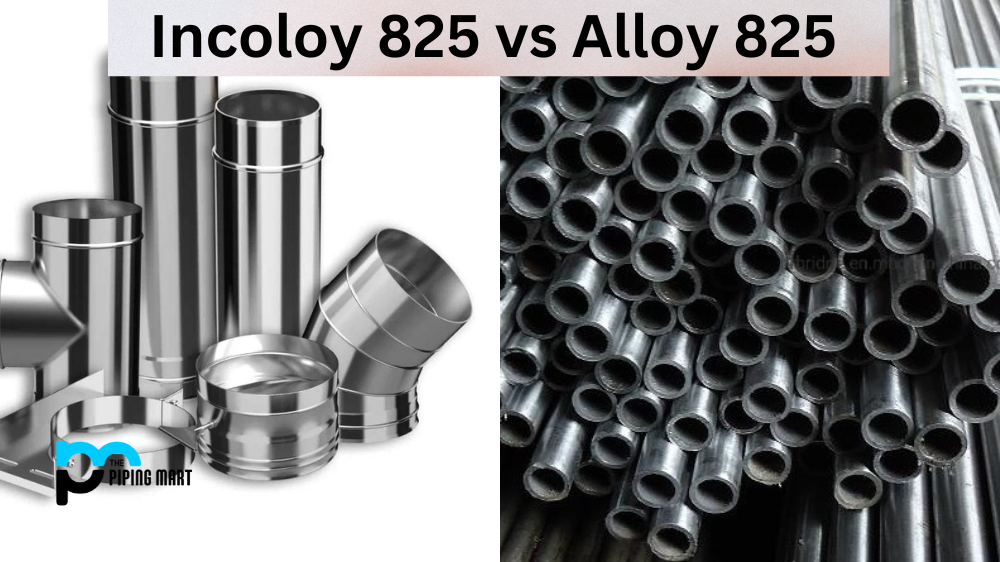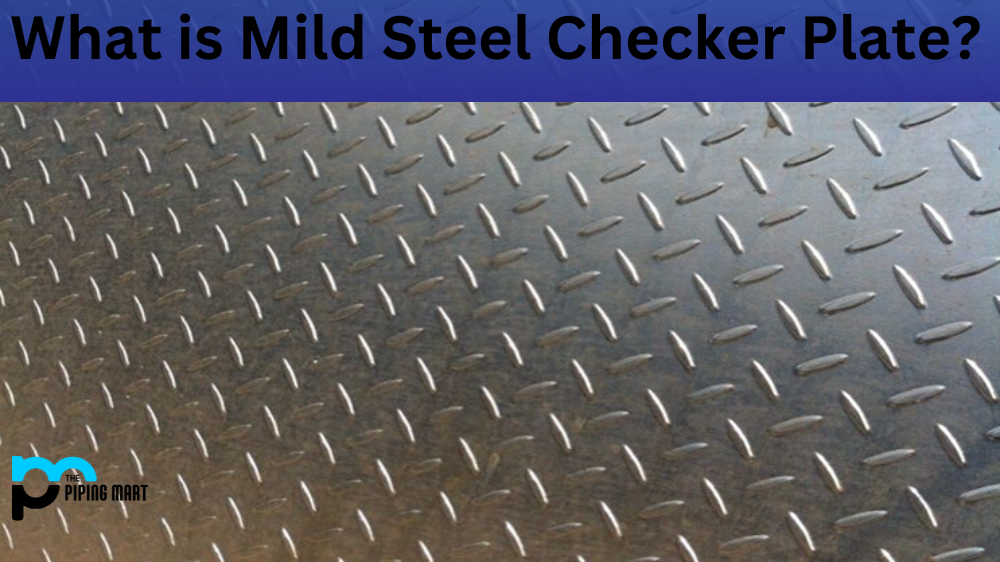There are a few different options for people to choose from when it comes to tool steel. Among the most popular varieties is S5 and S7 tool steel. While both have advantages, they also have differences that should be considered when deciding which is best for your project. Let’s look at how these two types of steel compare.
Difference Between S5 and S7 Tool Steel
S5 and S7 tool steels are both high-carbon steels commonly used for various applications. Both steels are designed to be tough and durable, and they can be heat treated to increase their hardness. However, some key differences between the two steels should be considered when choosing which one to use.
Strength and Hardness
The main difference between S5 and S7 tool steel lies in their strength and hardness ratings. The Rockwell C scale measures the hardness of steel, with higher numbers indicating harder materials. On this scale, S5 tool steel has an HRC rating of 55-62, while the HRC rating of s7 tool steel is 58-63. This means that s7 tool steel is slightly harder than s5, making it better suited for applications requiring superior wear resistance or toughness.
Heat Treating
Another key difference between these two tool steels is how they respond to heat-treating processes. Both can be hardened through air-hardening or oil-quenching methods; however, s7 is more suitable for air hardening since it does not require an additional tempering step as s5 does after oil quenching. This makes s7 much easier to work with when heat treating larger pieces since it simplifies the process without sacrificing performance or quality.
Performance
When it comes to performance, both s5 and s7 have excellent wear resistance and toughness due to their high carbon content, but each performs differently depending on the application they are used for. For example, s5 performs better in cutting operations due to its lower hardenability, while s7 excels in shock resistance applications because of its higher hardenability rating. Therefore, it’s important to consider the specific requirements of your project before selecting one over the other.
Composition
One of the main differences between S5 and S7 tool steel is their composition. S5 tool steel contains 0.75-0.85% carbon, 0.60-0.80% manganese, 0.30-0.50% silicon, and 0.035% sulfur. On the other hand, S7 tool steel contains 1.00-1.20% carbon, 0.60-0.80% manganese, 0.35-0.45% silicon, 3.00-4.00% chromium, and 0.030% sulfur.
Hardness
Another key difference between these two steels is their hardness. S5 tool steel is typically hardened to a Rockwell C hardness of 60-62, while S7 tool steel is typically hardened to a Rockwell C hardness of 64-66. This means that S7 tool steel is generally harder than S5 tool steel and better suited for applications where high levels of wear resistance are required.
Conclusion:
In conclusion, both S5 and S7 are great options for projects requiring a durable, long-lasting material that can withstand wear and tear over time. However, some key differences between them should be taken into consideration when choosing which type of tool steel will best meet your needs – namely strength and hardness ratings as well as heat treating requirements and performance characteristics. By understanding these differences between the two types of steel, you’ll be able to make an informed decision as to which one is best suited for your project.

A passionate metal industry expert and blogger. With over 5 years of experience in the field, Palak brings a wealth of knowledge and insight to her writing. Whether discussing the latest trends in the metal industry or sharing tips, she is dedicated to helping others succeed in the metal industry.




